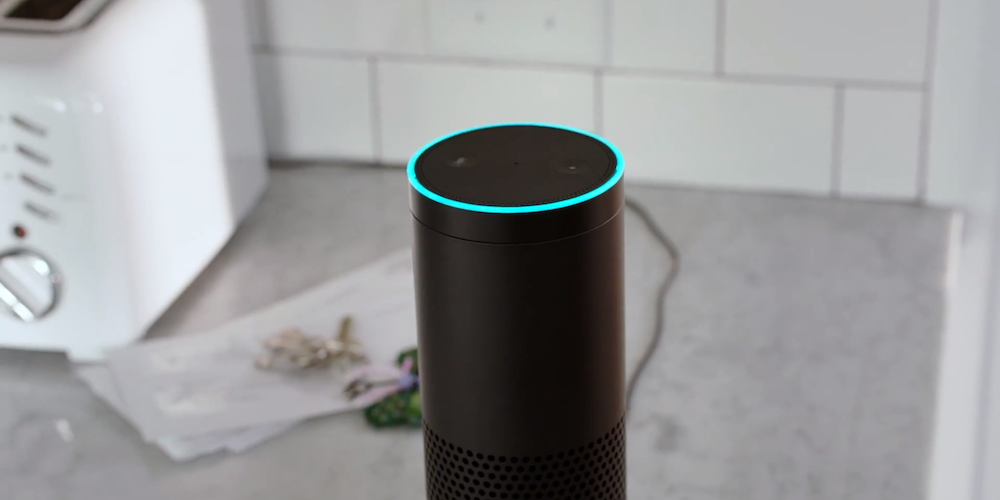As the Internet of Things (IoT) continues to grow, so does the need for a simple and effective means of giving the system commands. The idea of using voice command to fill this need is not a new topic in the pages of The Architechnologist…
A busy cook might ask her refrigerator whether it has any milk and the fridge would respond, while automatically syncing the shopping list on her smart phone.
— “Why Stop at Voice Search?” The Architechnologist, October 22, 2012
With the success of Amazon’s Echo device as an IoT interface (working particularly well with Samsung’s SmartThings hub), voice control has been proven as far more than a concept. In 2012, The Architechnologist met the team creating the Ubi, a device that promised ambient voice interaction, and immediately saw the potential but knew it was going to be an uphill battle for them as other hardware wasn’t ready for such a dramatically new interface.

Image Credit: Unified Computer Intelligence Corporation
Leor Grebler, the CEO of Unified Computer Intelligence Corporation (UCIC), was the one who needed to pitch the Ubi and voice control to venture capitalists back in 2012. He was the one who was told that “they don’t see a market forming” or “no one on the team is passionate about the idea.” Of course, that was before Amazon Echo.
Leor recently shared more of his insights into voice interaction with us:
With Amazon releasing two new Echo devices that extend its Alexa Voice Service into the home, the pressure is on for other hardware companies to step up or be blocked out from the home. Apple, Google, and Microsoft will likely be stepping in with their own devices and services while consumer electronic brands either rally behind the big players’ solutions or create their own flavor of voice interactive devices.

Where things are going to get spooky is with the improvement of speech interaction and AI over the next two years. We’ll soon see trained speech recognition surpass even human capability for understanding and AIs will be able to assess much more about you and what’s happening in your home before you say anything. There is a lot that can be inferred from the home through sound–doors opening, babies crying, cooking sounds, etc. Layered on top of this with be emotion detection, your email history, your purchase history, your diet, your mood and more.
The systems will gently coax us into making timely purchases or just make them on our behalf. Not too long after, we’ll transcend voice interaction altogether with the systems running autonomously and our voice queries will be just to check in and see what they’re thinking about.
Leor’s comments have a unique perspective only available from the years of experience that he brings to the very specific world of “ambient voice interaction”… We hope to bring you more from him in the coming weeks.